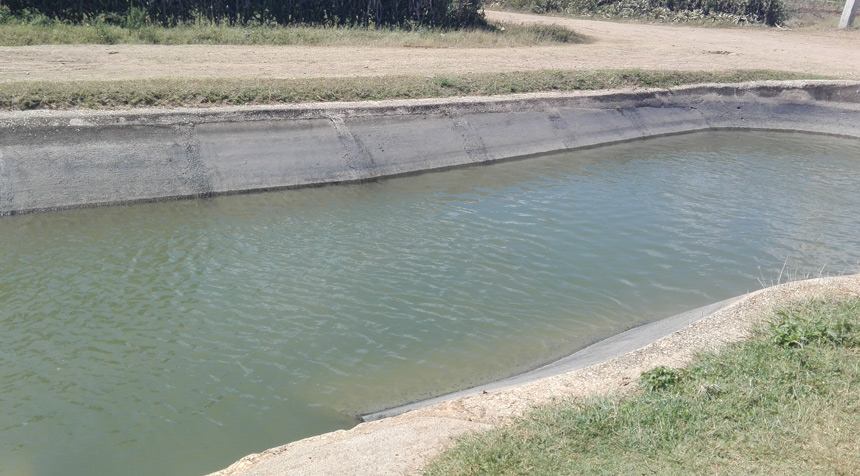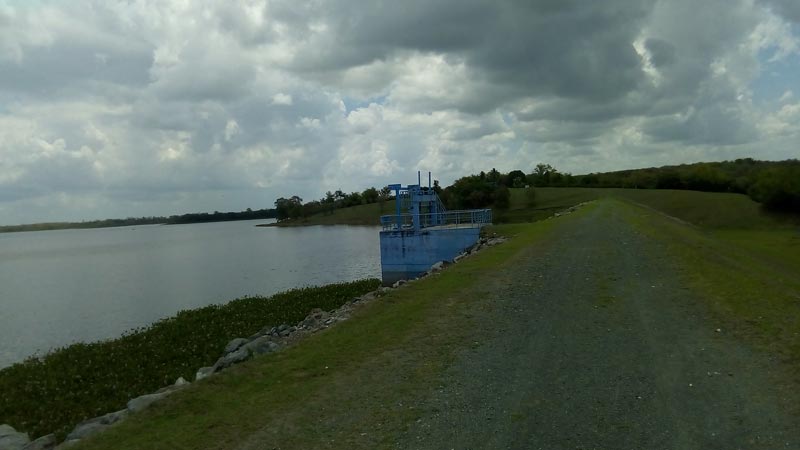
Only 877.3 millimeters of rain had fallen until the end of November in the province of Las Tunas, a historical rate of 1,016.9, for 86 percent of the accumulated average during eleven months.
Las Tunas, Cuba.- This amount -minimum when compared to the needs of the territory- have an impact on the current state of the 23 reservoirs managed by the National Institute of Hydraulic Resources (INRH) and, consequently, on the availability of water for its supply to the population.
After the conclusion of the rainy period, to a lesser extent, some precipitation may occur since the continental polar air masses from North America and or the cold air masses coming from the northern Pacific Ocean arrive over the territory.
However, these phenomena are not decisive and it is expected that the dams, currently at 36 percent of their total filling capacity, will not increase their reserves, especially when the hurricane season for the area of the Atlantic Ocean, Caribbean Sea, and the Gulf of Mexico finished last November 30.
Sources from the Provincial Meteorological Center explained that, although Cuba’s western region was hit by Hurricane Ian; at the end of September, Las Tunas was not affected or threatened by the influence or proximity of any tropical system.
The rainfall on October 14 in the capital municipality was significant, with three records of locally intense rains, encouraged by the persistence of a humid flow from the south over Cuba in the lower layers of the troposphere. Also, the severe local storms on May 13, in the town of Parada -municipality of Puerto Padre-, and on May 29, in the Familiar Club area.
The locally intense rains in Las Tunas city on Saturday, November 12, outside of the wet period, were remarkable, along with strong electric storms and winds with gusts of up to 75 kilometers per hour, which generated severe flooding.

Facing the dry season, the municipality of Jobabo, whose reservoirs are filled at ten percent, has the most complex situation for the guarantee of wáter; followed by Puerto Padre, at 20 percent; and “Jesús Menéndez”, at 21. The Juan Sáez dam, with the highest storage capacity in the territory, accumulates only 20 percent.
In the case of Las Tunas, the storage rate of the reservoirs is 40 percent of their capacity; but there is a guarantee of the vital liquid for several months in "Jobabito" and "Cayojo;" besides "El Rincón," in Majibacoa, a vital source for supply to the inhabitants of the city.
The province accumulates some 120 million cubic meters of water, an insufficient amount to face the dry period, which also affects the underground basins. Due to this situation, better use of this natural resource is imposed.






